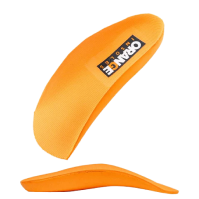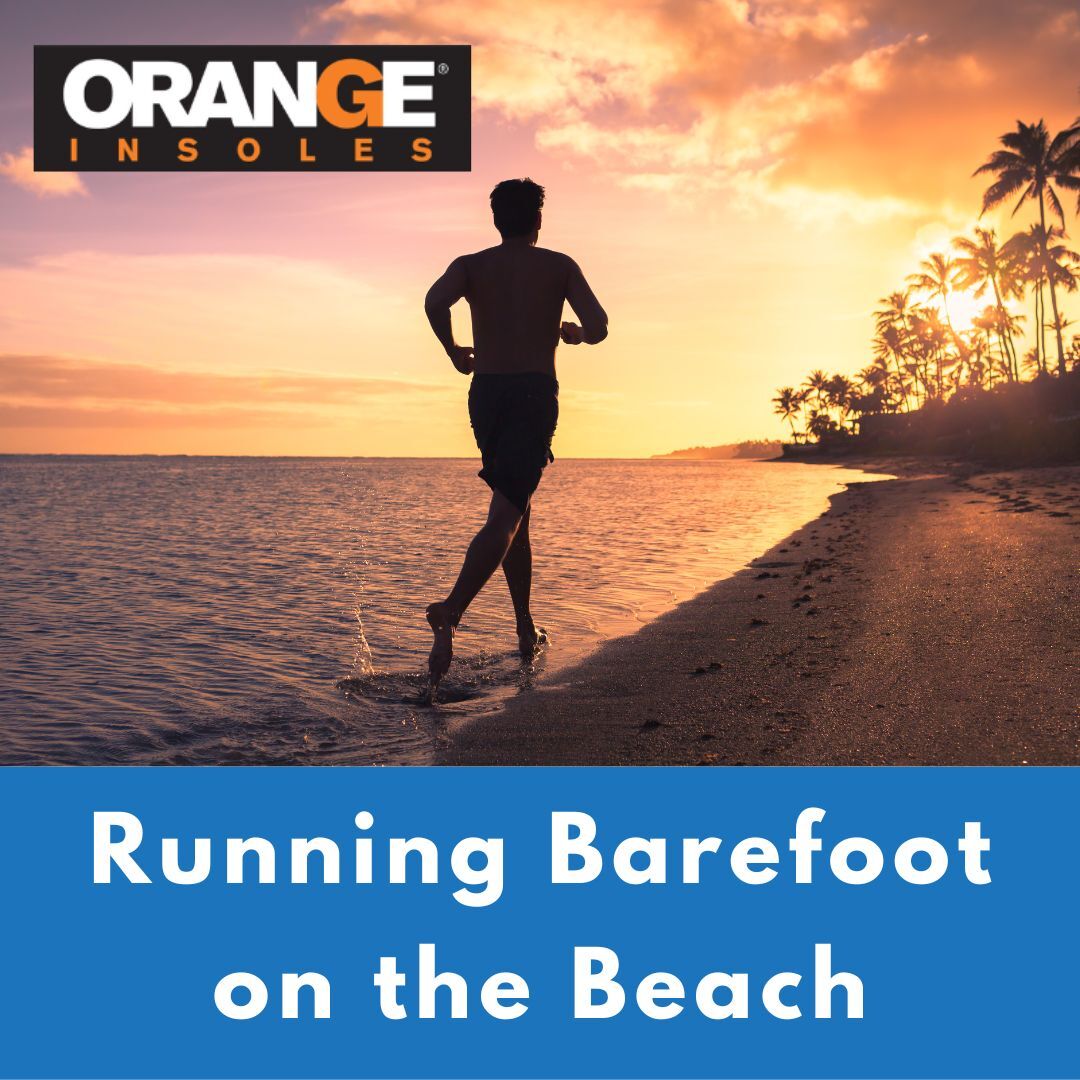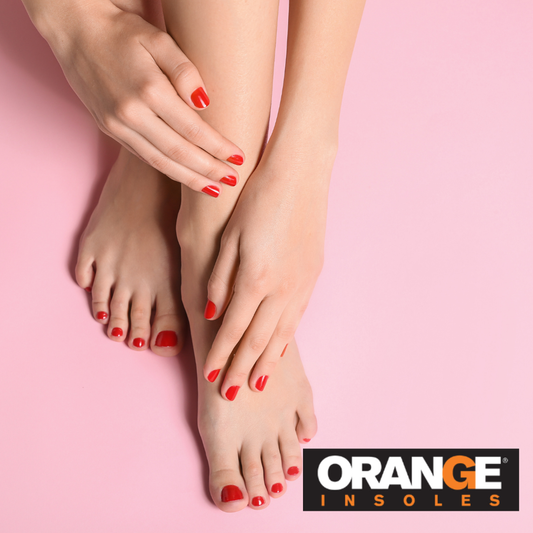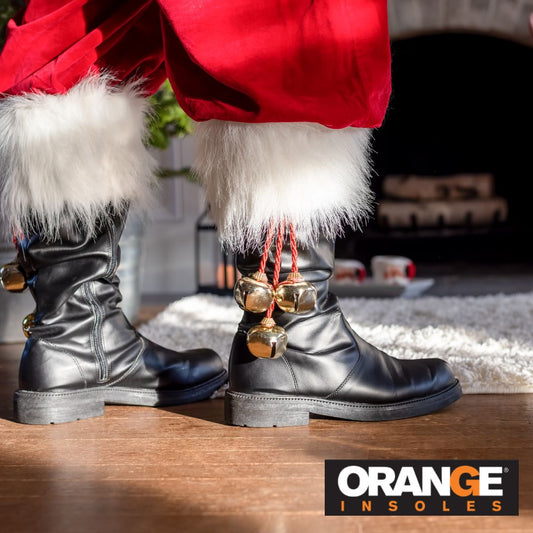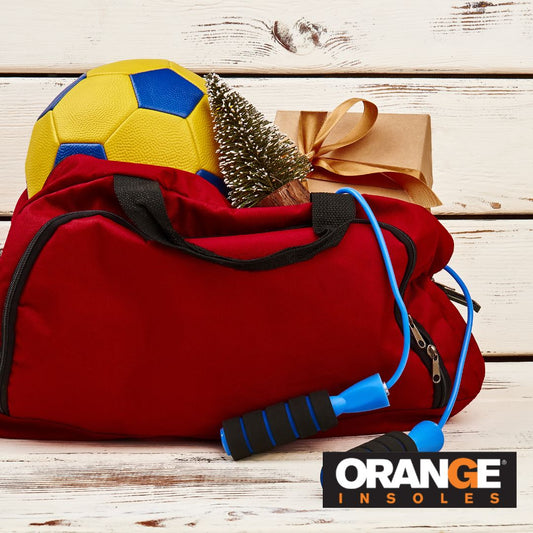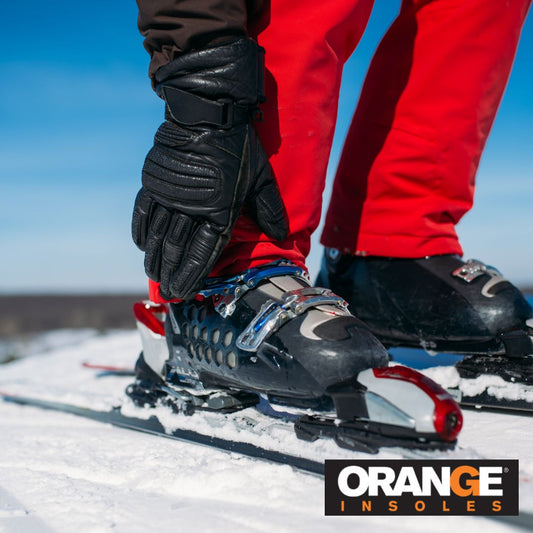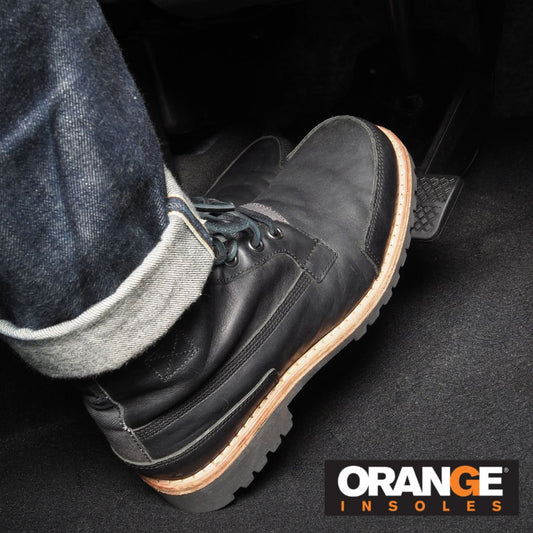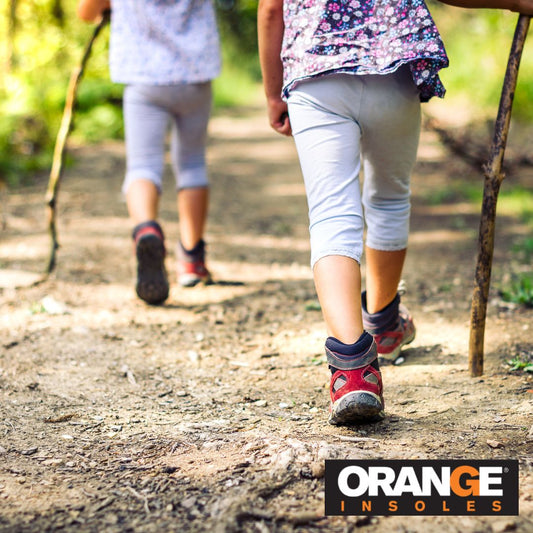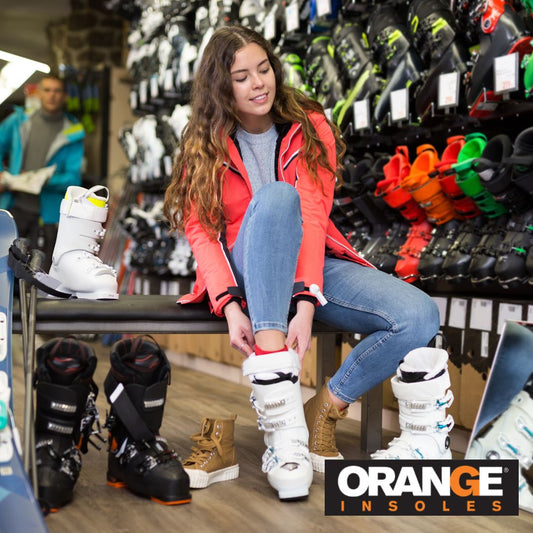Running Barefoot on the Beach: What You Need to Know
Running on the beach might seem like a great way to greet the day while on vacation AND stay active and healthy away from home, but it’s a lot harder than they make it look in movies and dramatic TV specials.
Sand is very different from asphalt or concrete and the uneven surface can be a challenge for your feet, especially if you’re running barefoot. This doesn’t mean you shouldn’t enjoy a nice barefoot beach run on your vacation, it just means you should know what you’re getting into before you slip off your sneakers and hit the shore.
Let’s take a look at what happens to your feet when you run barefoot on the beach and how you can prepare if you want to give it a try.
Running on the beach will activate muscles that might not get as much of a workout when running on a solid surface.
Beach Running and Muscle Strengthening
They key lower extremity muscles that will get a workout are:
Calves: When running on the sand, it will take more of an effort to push off and get going. This is where the calf muscles come in–they need to work extra hard to propel your body forward. The soleus in particular must work harder than normal as this muscle, located deep within the calf, helps with balance and control.
Intrinsic Foot Muscles: In order to maintain balance and support on the uneven sand, the intrinsic muscles of the foot must get to work. These muscles include the:
- Plantar fascia
- Abductor hallucis
- Flexor digitorum brevis
This means, if you’ve had injuries to any of these muscles, injuries to your feet, or suffer from plantar fasciitis it may be more difficult for you to run barefoot in the sand.
Ankle Stabilizers: Running barefoot on the beach can be particularly hard on your ankles. So that means the muscles around your ankles must work even harder to maintain balance and stability (especially without the extra help they might get from a shoe).
Pros of Running on the Beach
Because all of these muscles are working harder, they’re getting stronger. Running barefoot on the beach can increase your foot strength more than running on an even surface. You’ll also see improved foot stability and balance (if you do it consistently enough!).
Those with flat feet might find running on the beach a little more comfortable than concrete as the sand more easily contours to the shape of the foot and provides extra support.
You’ll also see an increase in strength in additional muscles throughout the body like:
- Core
- Adductors and Abductors
- Hip Flexors
- Glutes
- Quads
Basically, running on the beach is a full body workout and you’ll get your heartrate up and work harder than you would under normal conditions.
Tips for Barefoot Beach Running
Start Small: Because your body is working so much harder when you run on the beach, and your feet are working harder if you’re going barefoot, you’ll want to temper your pace and mileage. Don’t jump in at the same pace you would go at home. Erase yourself into the new terrain and onto the new surface by starting slow, maybe even at a walk. Get a feel for the sand. If it’s a harder, stiff sand, you might want to consider wearing shoes.
Good Form: Since the risk of injury is higher, you'll also want to make sure you're practicing good form. Your form shouldn’t change much but you might need to take shorter strides than you would at home. Trying to change up your form while on a new and unfamiliar surface is risky.
Be aware of the slope: Typically, the shore starts to slope down toward the water. When you’re running on the beach, the side of your body on the sloped side will lower which can lead to poor alignment, muscle strain, and injury. Make sure to turn around regularly and run the same distance both ways to keep things even. Or you can run zig zag up and down the beach.
Prepare to be sore: Even if you’re an avid runner, running on the beach will be like a new activity and after any new activity your body will need time to recover. Since new muscles will be working, you’ll probably be sore. Make sure to stretch before and after your run, don’t push yourself beyond your comfort level, and be on the lookout for any sharp pain or extreme soreness.
You just finished your run on the beach and now have a full day ahead. What can help you feel better while you recover? Orange Insoles, of course! Our Full Length Insole features medial arch support and a deep heel cup to give the muscles in your feet a break.
Running barefoot on the beach can be a great way to change up your workout, challenge yourself, and work new muscles. Just be aware of what is happening in your body and your feet and make sure you’re treating it as a new workout, not just another jog.


